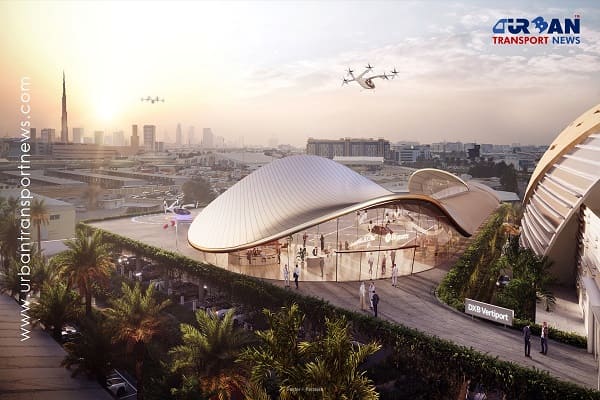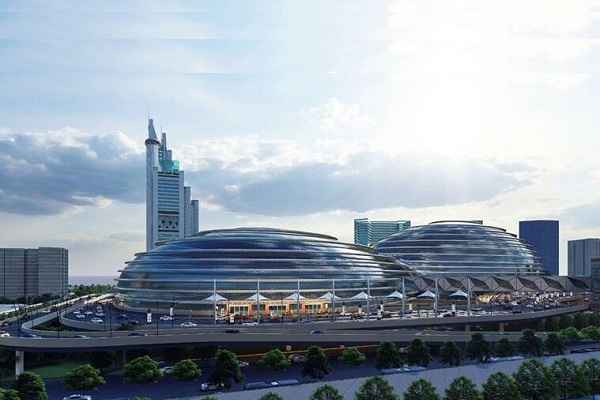 Vensa Infrastructure wins ₹412.58 crore civil contract for Hisar Airport
Vensa Infrastructure wins ₹412.58 crore civil contract for Hisar Airport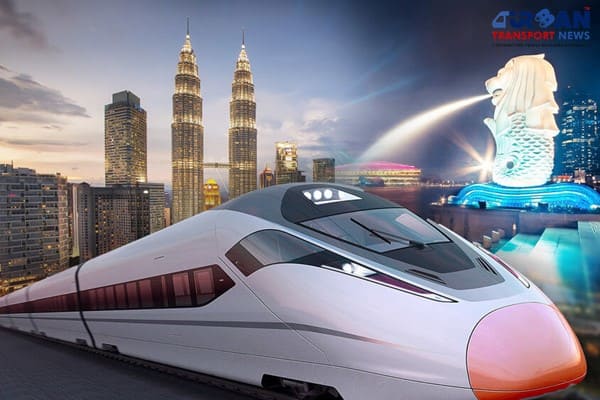 Kuala Lumpur-Singapore high-speed rail project cost could be slashed to RM70 Billion
Kuala Lumpur-Singapore high-speed rail project cost could be slashed to RM70 Billion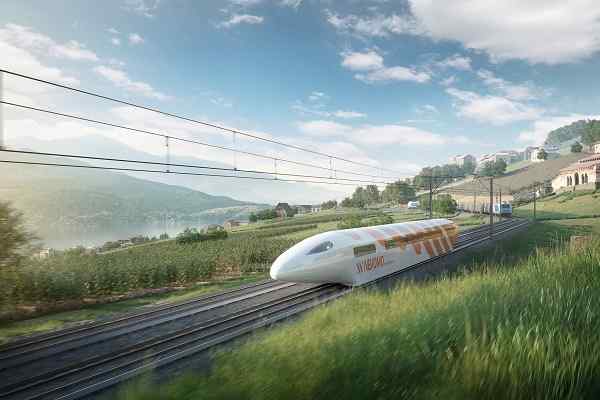 Nevomo's MagRail Technology Selected for Hyperloop Freight Demonstrator
Nevomo's MagRail Technology Selected for Hyperloop Freight Demonstrator Russia signs deal to procure bullet trains for Moscow - St. Petersburg high-speed line
Russia signs deal to procure bullet trains for Moscow - St. Petersburg high-speed line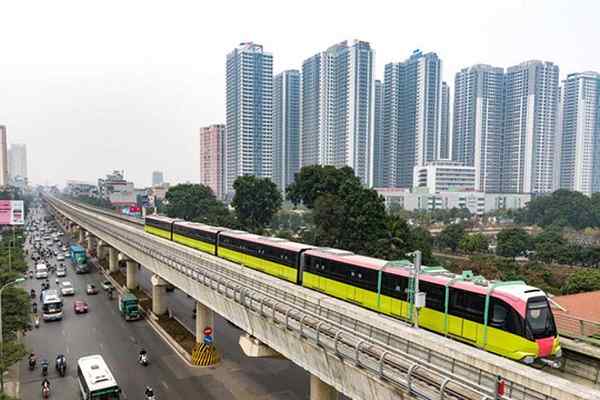 Vietnam plans new metro rail lines to replace its BRT systems in Hanoi
Vietnam plans new metro rail lines to replace its BRT systems in Hanoi 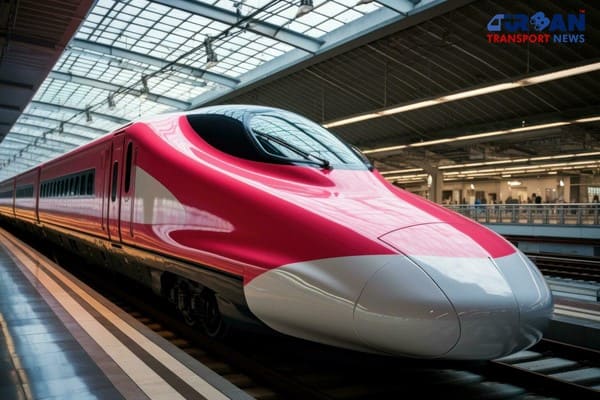 Revolutionizing Indian Railways: The Rise of Indigenous High Speed Bullet Trains
Revolutionizing Indian Railways: The Rise of Indigenous High Speed Bullet Trains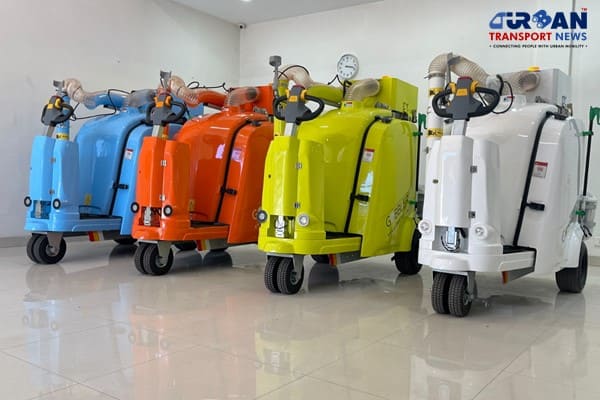 Ayodhya deployed Gobbler Litter Buster to keep the City clean
Ayodhya deployed Gobbler Litter Buster to keep the City clean BMW's Emissions Investigation: What Does It Mean for Drivers?
BMW's Emissions Investigation: What Does It Mean for Drivers?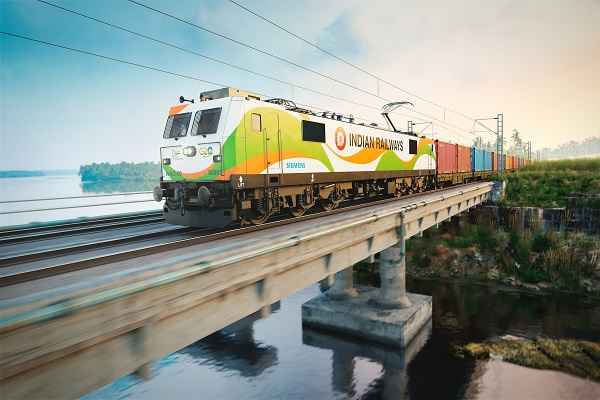 171 Years of Indian Railways: A History of Innovation and Progress
171 Years of Indian Railways: A History of Innovation and Progress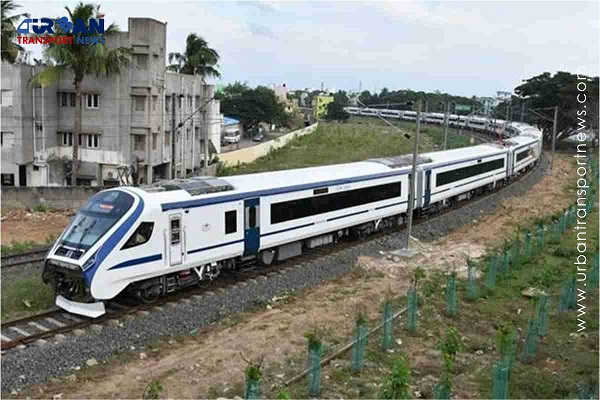 Vande Bharat Express trains carries over two crore passengers since their inception
Vande Bharat Express trains carries over two crore passengers since their inception
Urban Transit Systems: The pace setters for a city’s growth
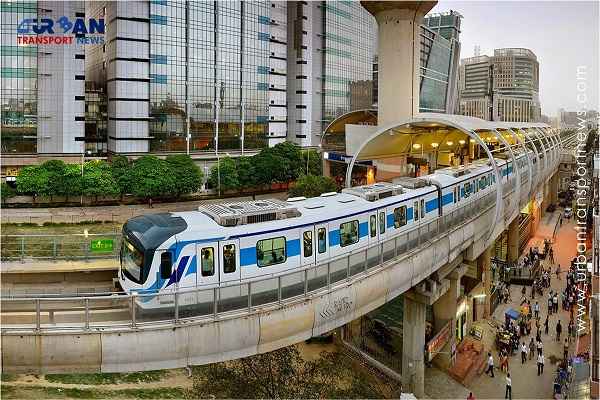
Efficient and reliable urban transportation is not just a convenience, but a fundamental element that drives the growth of cities and countries. For India, a country with a rapidly expanding urban population, the significance of a well-planned public transportation system is paramount to its economic and social well-being. The benefits of expanding the urban transit system are immense, ranging from reducing congestion and improving air quality to providing better access to job opportunities and essential services. In India, the urban population is expected to reach 675 million by 2035 from the current 480 million. This means that efficient and reliable urban transportation is critical for ensuring access to opportunities and services for a significant portion of the population.
Economic boost and infrastructure development
Well-designed transportation networks such as top-notch roads, railroads, ports, and air travel in well-designed transportation networks can lead to enhanced productivity and living standards. This, in turn, helps consolidate and expand business activities, increase the value of land and real estate, stabilise property values, and rejuvenate underserved regions through improved transportation links.
For example, the Delhi Metro in the Delhi National Capital Region (NCR) has had a significant impact on the area's economic landscape. Since its inception, neighbouring areas such as Gurgaon, Dwarka, Noida, Faridabad, and Ghaziabad have rapidly developed into vibrant residential and commercial hubs, primarily due to the convenience and accessibility provided by the metro system. The success of the Delhi Metro has led several tier-1 cities to invest in Mass Rapid Transit Systems (MRTS). Similarly, Mumbai's suburban railway system, which ferries around 8.5 million commuters every day and covers a total distance of 376 kilometres across three corridors has spurred growth in smaller cities and towns surrounding Mumbai, connecting them and enabling them to benefit from incoming resources and capital. As a result, commercial establishments and residential settlements have flourished.
Planning an Urban Transit System
With the latest statistics showing that over 35% of India's population now lives in cities, it is more important than ever to plan and implement transit systems that can meet the needs of these urban areas.
One key consideration for planning an urban transit system in India is the unique nature of each city. For example, a city like Mumbai, which has a high population density and limited space for road expansion, may require a different approach to transit planning than a city like Bengaluru, which has more open spaces.
To design an effective urban transit system, multiple factors must be considered, including the current transport infrastructure, population density, economic activity, and commuting patterns. A high-density city with heavy traffic congestion may require a mass rapid transit system like a metro or a bus rapid transit (BRT) system, whereas a smaller city may only need a well-developed public bus system. A mixed-modal strategy is necessary to cater to different segments of the population, and intermodal integration is critical for seamless connectivity.
The most crucial factor to consider is sustainability, given India's air pollution and carbon emissions. India has set ambitious goals of becoming net zero by 2070 and plans to achieve the same for railways by 2030. Therefore, transit systems that promote sustainability, such as electric buses, cycle lanes, and pedestrian-friendly streets, should be prioritized. While some cities have implemented electric bus services, the need of the hour is to develop sustainable and shared mobility systems, especially in tier-2 and tier-3 cities, in addition to laying smart roads, street redesigns, and smart parking systems.
The Future
Urban transit systems play a crucial role in serving various functions, such as providing mobility services, supporting dense business districts, catering to the transportation needs of non-car users, and reducing the negative impacts of automobile congestion on the environment. To achieve India's objective of rapid economic growth, there is a need to focus on enhancing the efficiency and affordability of urban transportation. Personal mobility is correlated with economic development across nations and decades.
India has experienced remarkable growth in the last few decades, but its mobility infrastructure has failed to keep pace with the increasing demand. As India aims to become the world's second-largest economy by 2050, the country needs to be prepared for the rapid growth in demand for mobility while also maintaining its sustainability objectives.




